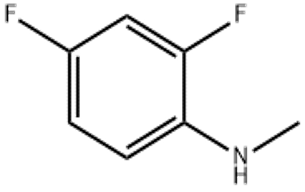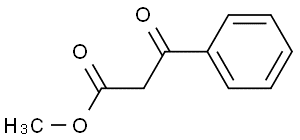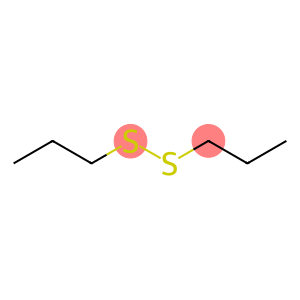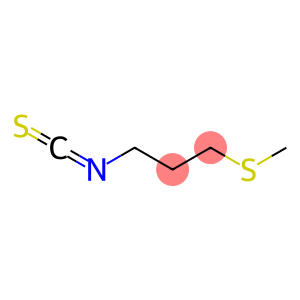Chloroacetyl chloride(CAS#79-04-9)
| Risk Codes | R14 – Reacts violently with water R23/24/25 – Toxic by inhalation, in contact with skin and if swallowed. R35 – Causes severe burns R48/23 - R50 – Very Toxic to aquatic organisms R29 – Contact with water liberates toxic gas |
| Safety Description | S9 – Keep container in a well-ventilated place. S26 – In case of contact with eyes, rinse immediately with plenty of water and seek medical advice. S36/37/39 – Wear suitable protective clothing, gloves and eye/face protection. S45 – In case of accident or if you feel unwell, seek medical advice immediately (show the label whenever possible.) S61 – Avoid release to the environment. Refer to special instructions / safety data sheets. S7/8 - |
| UN IDs | UN 1752 6.1/PG 1 |
| WGK Germany | 3 |
| RTECS | AO6475000 |
| TSCA | Yes |
| HS Code | 29159000 |
| Hazard Class | 6.1 |
| Packing Group | I |
Introduction
Monochloroacetyl chloride (also known as chloroyl chloride, acetyl chloride) is an organic compound. Its properties are as follows:
1. Appearance: colorless or yellowish liquid;
2. Odor: special pungent odor;
3. Density: 1.40 g/mL;
Monochloroacetyl chloride is commonly used in organic synthesis and has the following uses:
1. As an acylation reagent: it can be used for esterification reaction, which reacts acid with alcohol to form ester;
2. As an acetylation reagent: it can replace the active hydrogen atom with an acetyl group, such as the introduction of acetyl functional groups in aromatic compounds;
3. As a chlorinated reagent: it can introduce chlorine atoms on behalf of chloride ions;
4. It is used to prepare other organic compounds, such as ketones, aldehydes, acids, etc.
Monochloroacetyl chloride is usually prepared in the following ways:
1. It is prepared by the reaction of acetyl chloride and trichloride, and the reaction products are monochloroacetyl chloride and trichloroacetic acid:
C2H4O + Cl2O3 → CCl3COCl + ClOCOOH;
2. Direct reaction of acetic acid with chlorine to produce monochloroacetyl chloride:
C2H4O + Cl2 → CCl3COCl + HCl。
When using monochloroacetyl chloride, the following safety information should be noted:
1. It has a pungent odor and steam, and should be operated in a well-ventilated place;
2. Although it is not flammable, it will react violently when it encounters an ignition source, producing toxic gases, and should be kept away from open flames;
3. When using and storing, it is necessary to avoid contact with strong oxidants, alkalis, iron powder and other substances to prevent dangerous reactions;
4. It is irritating to the skin, eyes and respiratory system, and should be operated with gloves, goggles and protective masks;
5. In case of accidental inhalation or contact, wash the affected area immediately and seek medical assistance if there are any symptoms.








